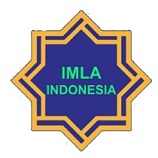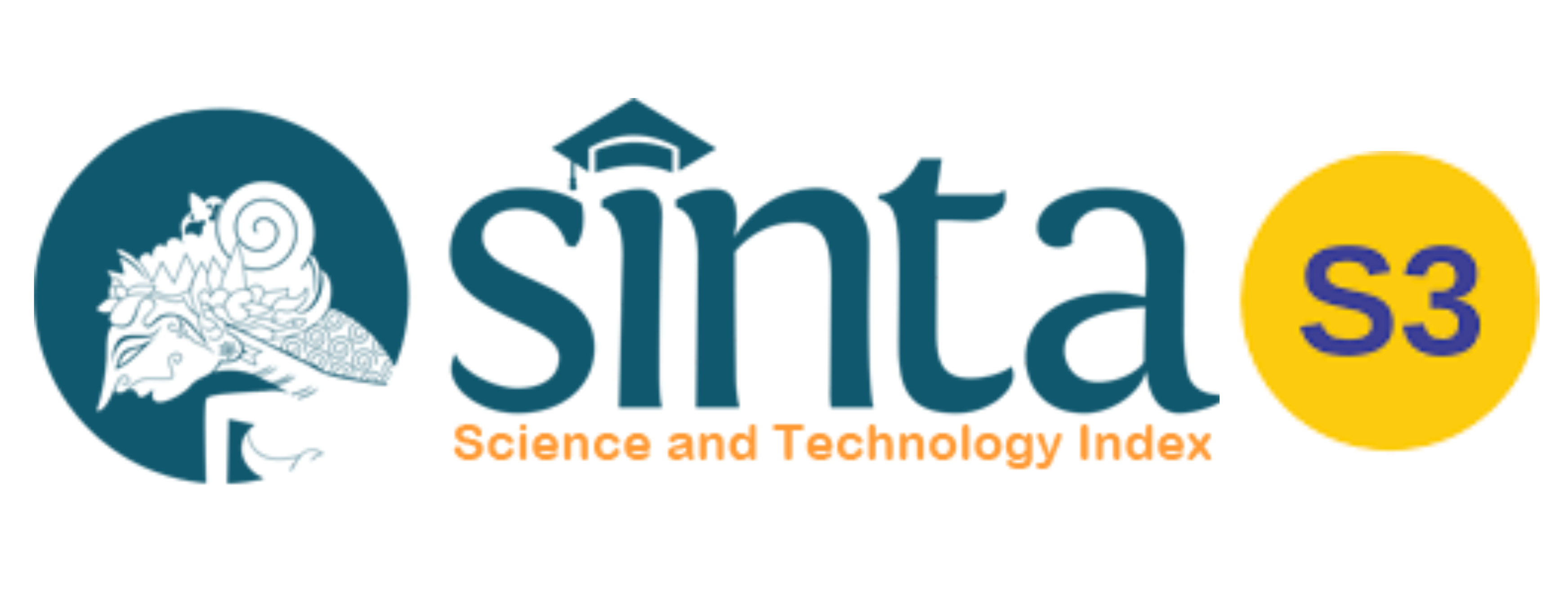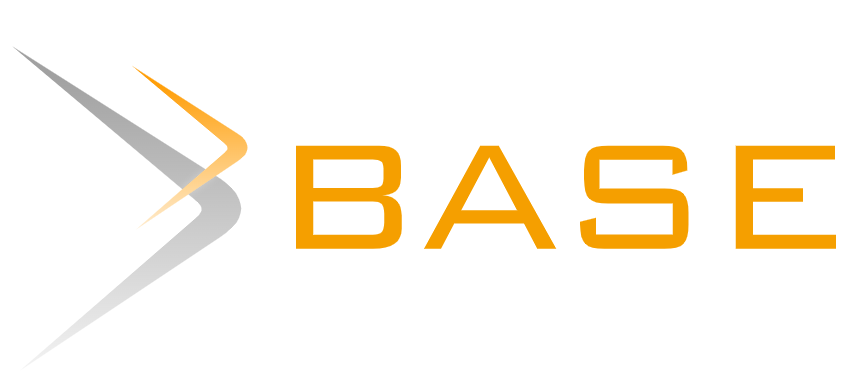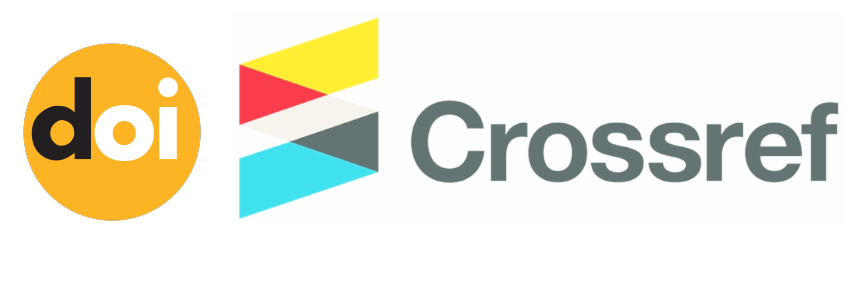THE DYNAMICS OF THE SAUDI—YEMEN CONFLICT: A SOCIAL CONSTRUCTIVIST ANALYSIS OF PUBLIC PERCEPTION
Abstract
Keywords
Full Text:
PDF (Bahasa Indonesia)References
ABM, M. A. (2013). Arab Spring: Badai Revolusi Timur Tengah yang Penuh Darah. Yogyakarta: IRCiSoD.
Al-Qadhi, M. H. (2017). The Iranian Role in Yemen and Its Implication on the Regional Security. Kairo: AGCIS: Arabian Gulf Center for Iranian Studies.
Al-Tamimi, A. A., & Venkatesha, U. (2021). The Main Factors of Yemeni Conflict: An Analysis. Jurnal Dinamika Pemerintahan, 4(2), 1-14.
Baron, A. (2015). Civil War In Yemen: Imminent and Avoidable. Jurnal European Council on Foreign Relations(130), pp. 1–9.
Basuki, A. R., & dkk. (2019). Perang Saudara di Yaman: Analisis Kepentingan Negara Interventif dan Prospek Resolusi Konflik. Jurnal Ilmu Politik dan Komunikasi, IX(1), 8-24.
Brom, S., & Guzansky, Y. (2015). The Conflict in Yemen: A Case Study of Iran’s Limited Power. Jurnal INSS Insight, 16(747), 1-3.
Cordesman, A. H. (2017). The War in Yemen: Hard Choices in a Hard War. Jurnal Center for Strategic and International Studies (CSIS), 1-16.
Dermawan, R. (n.d.). The National Interest Concept in A Globalised International System. International Journal of International Relations, pp. 30–48.
Durac, V. (2012). Yemen's Arab Spring: Democratic Opening or Regime Maintenance? Mediterranean Politics, 17(2), 161–178.
Esfandiary, D., & Tabatabai, A. (n.d.). Yemen: An Opportunity for Iran–Saudi Dialogue? The Washington Quarterly, 39(2), 155-174.
Farras, A. N. (2020). Balance of Power Dalam Intervensi Arab Saudi Pada Konflik Yaman yang Terjadi Pasca Arab Spring. Journal of International Relations, 6(1), 144-155.
Grove, T., Kalin, S., & Said, S. (2021). Fear of Iran, Shrinking U.S. Role in Middle East Push Rivals Together: Leaders of Israel and the United Arab Emirates Meet Amid Flurry of Diplomacy in Region. The Wall Street Journal, pp. 1–8.
Guzansky, Y. (2012). Yemen: Between Iran, al-Qaeda, and the West. Jurnal INSS Insight, 350(2), 1–3.
Hakiki, F., & Sari, D. S. (2022). Kepentingan Nasional Arab Saudi dalam Kebijakan Intervensi Militer di Yaman terhadap Keterlibatan Iran. Jurnal Hubungan Internasional, 15(1), 93-111.
Irawan, D. (2021). Dinamika Keamanan Kawasan Timur Tengah dalam Persaingan Kekuatan Iran dan Amerika Serikat. Jurnal Dauliyah, 6(2), 221-248.
Johansson, L. (2020). The United States Involvement in Yemen: A Case Study with Rational and Humanitarian Reasoning of the Involvement, Influence, and its Objective. Retrieved from https://www.diva-portal.org/smash/get/diva2:1522904/FULLTEXT01.pdf
Juneau, T. (2013). Yemen and the Arab Spring: Elite Struggles, State Collapse and Regional Security. Orbis, 57(3), 408–423.
Kendall, E. (2017). Iran’s Fingerprints in Yemen Real or Imagined? Atlantic Council, pp. 1–11.
Kronenfeld, S., & Guzansky, Y. (2014). Yemen: A Mirror to the Future of the Arab Spring. Military and Strategic Affairs, 6(3), 79-99.
Moehnilabib, et al. (1997). Dasar-dasar Metodologi Penelitian. Malang: Lembaga Penelitian IKIP Malang.
Mustofa, A. Z. (2021). Analisis Kerja Sama Indonesia-Arab Saudi dalam Penanggulangan Kejahatan Terorisme. Jurnal PIR: Power in International Relations, 5(2), 175-190.
Mustofa, A. Z. (2021). Perang Proksi Amerika Serikat dan Iran dalam Politik Global Pasca Arab Spring. Yogyakarta: CV The Journal Publishing.
Mustofa, A. Z., & Syarifah, N. (2021). Politik Ofensif Amerika Serikat terhadap Sikap Defensif Iran: Dari Proksi hingga Dominasi. Indonesian Journal of International Relations, 5(2), 118-139.
Nuechterlein, D. E. (1976). National Interest and Foreign Policy: A Conceptual Framework for Analysis and Decision-Making. Brit. J. International Studies(2), 246-266.
Perkins, B. M. (2016). Yemen: Between Revolution and Regression. Studies in Conflict & Terrorism, 1-39.
Ramadhan, R. (2019). The Role of Iran in Yemen Conflict 2014-2018 (An Analysis Of Constructivism). ICSGS: International Conference on Strategic and Global Studies (pp. 1–11). Jakarta: European Union Digital Library.
Rofii, M. S. (2019). Dinamika Pasca Arab Spring: Membaca Pola “Proxy War” di Suriah dan kawasan Timur Tengah. Jurnal Dinamika Global, 4(2), 283-302.
Sahide, A. (2019). The Arab Spring: Tantangan dan Harapan Demokratisasi. Jakarta: Kompas.
studies.aljazeera.net. (2017). The Death of a Dictator: Yemen’s Miasma after Saleh. Aljazeera Centre for Studies, 1-8.
Terrill, W. A. (2011). The Conflict in Yemen and U.S. National Security. Strategic Studies Institute, US Army War College.
DOI: https://doi.org/10.20961/cmes.17.1.69434
Refbacks
- There are currently no refbacks.
Copyright (c) 2024 Center of Middle Eastern Studies (CMES): Jurnal Studi Timur Tengah

This work is licensed under a Creative Commons Attribution-ShareAlike 4.0 International License.
| Copyright of CMES ISSN 2085-563X (print) and ISSN 2502-1044 (online) CMES Journal is licensed under a Creative Commons Attribution-ShareAlike 4.0 International License. | CMES (Center of Middle Eastern Studies) Print ISSN: 2085-563X Online ISSN: 2502-1044 Website: https://jurnal.uns.ac.id/cmes/index Email: cmes@mail.uns.ac.id Published by: Universitas Sebelas Maret Office: Department of Arabic Literature, Faculty of Cultural Science, Universitas Sebelas Maret Ir. Sutami Street, No. 36A, Surakarta, Jawa Tengah 57126 Phone: +62 822-4000-2313 |















